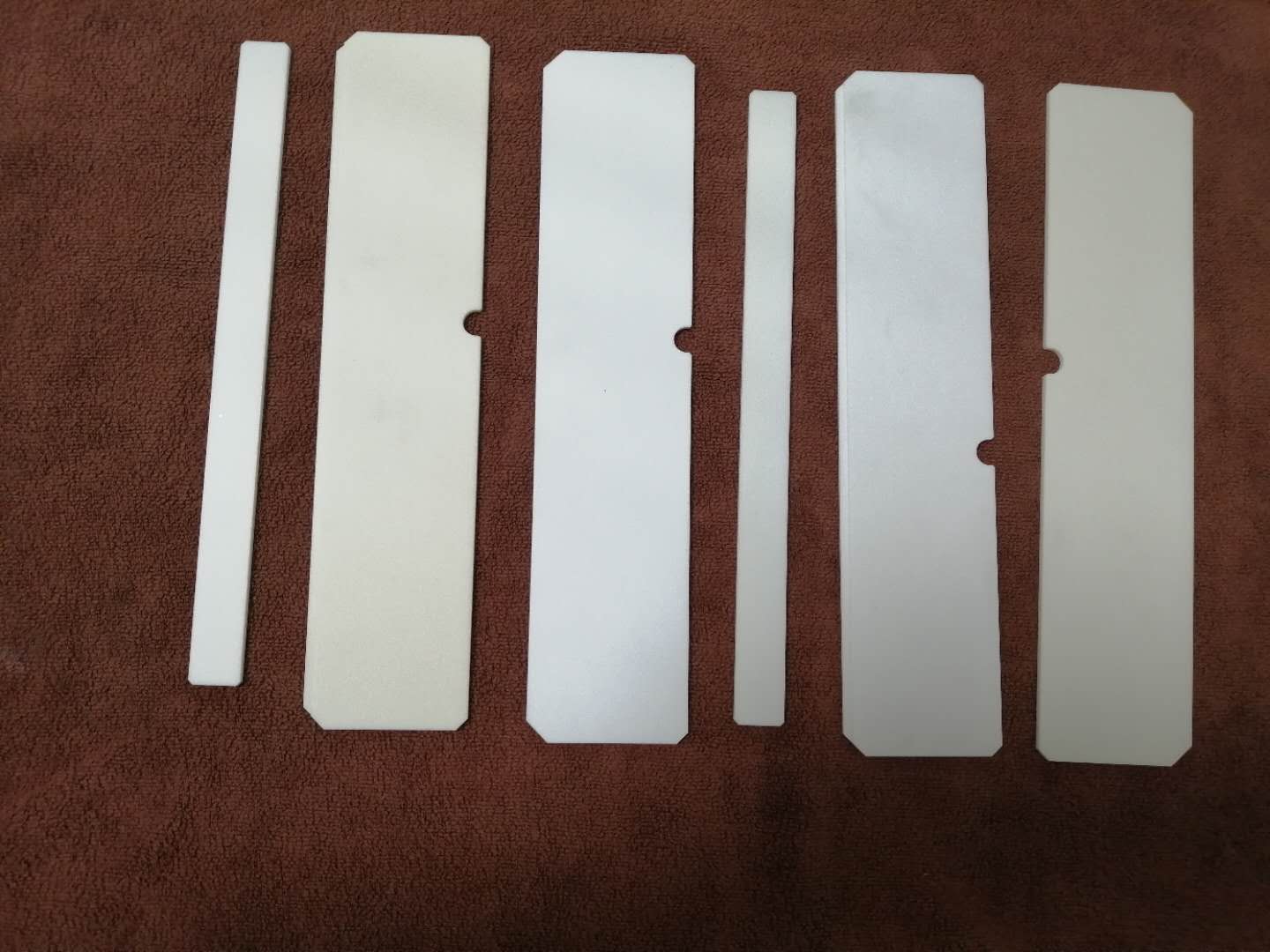
Ceramic plunger, ceramic rod, ceramic tube / ring manufacturer
Focus on alumina ceramic and zirconia ceramic processing customization

WeChat Consulting
 Hotline:
Hotline: +86 133-3268-6959
Zirconium oxide ceramic structural parts have the characteristics of high melting point, high resistivity, high refractive index and low coefficient of thermal expansion, so zirconia has become a product that has attracted much attention in the industrial field. The preparation of zirconia products and the method of raw material production are also particularly important. The raw material production methods of this product are as follows:

1. Colloid method: Add silica sol to the product solution to make a colloid solution, shape it by spraying and drawing method, and sinter it into fiber after drying.
2. Impregnation method: First, the viscose filament or the entire fabric is immersed in a zirconium hydroxide solution for a long time to swell the viscose fiber, and then pyrolysis and calcination can obtain zirconia fiber with a certain tensile strength.
3. Extrusion method: The sol or zirconia particles and thickener are used to make a billet. The billet is extruded from the machine port and formed into a filament by hydraulic pressure or the use of a screw reamer, and then sintered and solidified. fiber. The fiber produced by this method is thicker and the fiber strength is lower.
4. Zirconium oxychloride pyrolysis method: Zirconite and caustic soda are melted at 650 ℃, hot water leaches the molten body, and silicon is separated from sodium zirconate in the form of sodium silicate. After treatment with sulfuric acid, a solution of zirconium sulfate is obtained. After further removing impurities, ammonia water is added to precipitate zirconium hydroxide.
5. Sol-gel method: add alcohol and water to the zirconium alcohol [ZrO (C3H7) 4], and then add the catalyst, after fully mixed, start to decompose, place it to gel and become a viscous liquid, select the appropriate viscosity, and dry Reheat to 500 ~ 1000 ℃, high temperature fibrillation and sintering to obtain the product.
6. Hydrolysis method: Hydrolysis of zirconia ceramic structural parts to prepare high-purity ultra-fine zirconium dioxide, hydrolyze 0.2-0.3mol / L high-purity zirconium oxychloride solution with deionized water, and boil zirconium oxychloride for a long time The solution is to continuously evaporate and remove the hydrogen chloride generated by hydrolysis. The hydrolysis reaction is carried out under boiling for more than 50h, and then filtered, washed with deionized water, dried, calcined and crushed to obtain a product.
7. High-temperature hydrolysis method: spray 1mol / L high-purity solution into a decomposition furnace with a temperature of 1000 ℃. The droplets of tiny zirconia ceramic structural parts first evaporate water and then hydrolyze to form zirconium dioxide. The decomposed zirconium dioxide is collected by the cyclone separator, and then pickled, washed, and dried to obtain the product.
The raw material production method of zirconia ceramic structural parts is: alkoxide hydrolysis method, which can produce ZrO2 with uniform particle size and shape and single structure phase. With this knowledge, you will be simple when producing raw materials, and at the same time indirectly improve the quality of industrial ceramic products.
 Contact: Miss Li / +86 13332686959
Contact: Miss Li / +86 13332686959 Contact: Mr Li / +86 13316634021
Contact: Mr Li / +86 13316634021
 Consultant: Mr. Lin / 13532935121
Consultant: Mr. Lin / 13532935121
 Mail Box: 29384242801@qq.com
Mail Box: 29384242801@qq.com
 Fax: +86 0769-81587969
Fax: +86 0769-81587969
 Website: en.dgmjtc.com
Website: en.dgmjtc.com
 Add: No. 9, Xingfa South Road, Chang'an, Wusha Community, Chang'an Town,
Add: No. 9, Xingfa South Road, Chang'an, Wusha Community, Chang'an Town, Scan it
Scan it